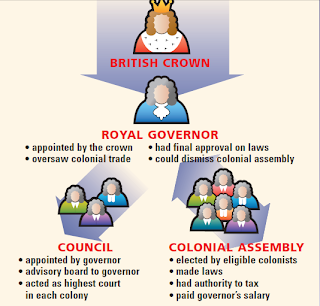"One
more suggestion will close the argument on this topic. What is the course of
the wisest of governments and of men in a case closely analogous? When an
exciting cause is to be tried in a civil court, does not every judge examine
the jurors upon oath, to learn whether they have expressed or formed an opinion
on the merits of the case, and does he not set aside as unworthy to be upon the
panel, those who have formed such opinion? Every man sees and feels the
reasonableness of this course. Yet this is just the reverse of what is done in
regard to controverted religious doctrines, in most of our private schools,
Sabbath schools, Colleges, and Theological Seminaries. Hence Truth, claiming by
divine warrant to be heard, is silenced; error, worthy of annihilation, is
perpetuated, and hostile sects, the scandal of the Christian religion, are
increased in members and virulence."
Mann,
Horace. Educational Writings of Horace Mann. 1891. Lee and Shepard Publishers. http://archive.org (accessed December 25, 2013).
This primary source is
from a collection of Mann’s writings on the topic of public education. Horace
Mann was a public education reformist in the nineteenth century and was known
by some as, “The Father of Public Education.” Mann was also a politician and
serve in the Massachusetts House of Representatives and Senate, was secretary
of the Massachusetts Board of Education, and later served in the US House of
Representatives, making Mann a credible source on the topic of public
education. Mann’s goal in this excerpt is to introduce moral and religious
lessons to the public school curriculum. In the nineteenth century, teaching
morals to children was an important issue because drunkenness and crime were
widespread issues plaguing society and it was thought by some that the best way
to stop these problems was to teach religious morals at a young age. This
document has a significant bias because Mann is the leader of the reform
movement so he had an agenda in writing this. It also offers no opposing
opinion. Mann calls for religious education in this excerpt and emphasizes how Christian
morals are important to teach. He uses the example of juries needing to be
filled with people that could and would form a moral opinion of the case. This
source explains why the reformists wanted reform and shows the arguments they
used to achieve it.
*The second line of the
citation and the entire annotation should be indented.














